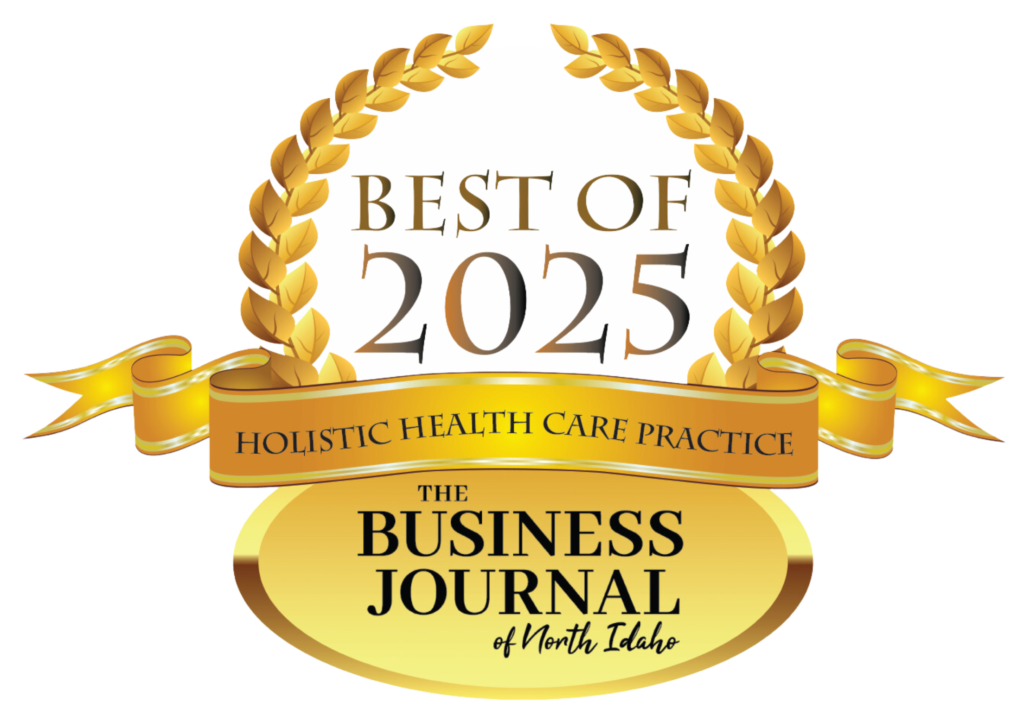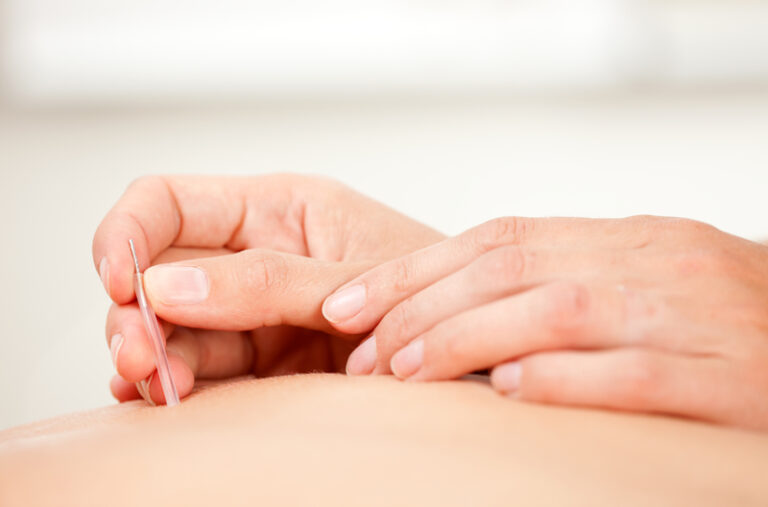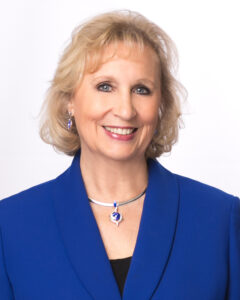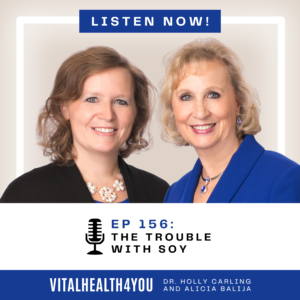We often view acupuncture as a “new” method of healing. However, it is one of the oldest. It has been developed, refined, and instituted as the primary healing modality in China for thousands of years. Conventional medicine as we know it today has only been around approximately 150 years. The changes in conventional medicine have been drastic over past decades. It truly is amazing. However, there is some deep comfort in the old-time, tried and true. It is a historical fact that the old “snake oils” of the past, that didn’t work, were quickly run out of town. Acupuncture, instead, is enjoying a resurgence, as more research is demonstrating the effectiveness of this remarkable healing art.
Acupuncture is practiced by physicians who are schooled not only in conventional medicine, but “Oriental Medicine” as well. “Oriental Medicine” is an umbrella term that encompasses several healing modalities used originally in Asian countries. Acupuncture is one of those modalities, as is herbal medicine and nutrition. Other less common techniques include cupping, Moxibustion (a heat treatment), Tui Na (a massage/manipulation technique) and several others may be used as well. Acupuncture students take essentially the same courses as medical doctors such as anatomy, physiology, chemistry, biology, geriatrics, cardiology, oncology, etc., even surgery and pharmacology. Although acupuncturists don’t use pharmacology or surgery in practice, it is important that they understand it so they can appropriately treat patients who utilize both. An acupuncturists’ internship involves treatment with acupuncture techniques and herbal medicine whereas medical doctors focus on medications, surgery or radiation as their means of treating.
Acupuncture in other countries is quite different. In China when you go to a hospital, you will find an Acupuncture Department alongside the Physical, Occupational, and Respiratory Therapy departments, with equal usage. Next to the Medication Pharmacy is the Herbal Pharmacy. A patient generally arrives with 2 prescriptions – hands one to the herbal pharmacist, the other to the medication pharmacist.
In Germany, more than 90% of physicians use acupuncture. In China and Canada, 300,000 and 2,000 physicians use acupuncture, respectively. In the U.S. it is estimated that 11,000 medical doctors use acupuncture, and there are now an estimated 18,000 licensed acupuncturists in the U.S. Acupuncture is not new.
Legal requirements for practicing acupuncture vary from state to state. Most schools require a Bachelor’s of Science degree to matriculate, and a minimum of a Master’s Degree in Acupuncture to become licensed. Some acupuncturists also have a doctorate degree (ie. Doctor of Oriental Medicine). As of 2005 doctorate degrees will become more the norm than the exception. Acupuncture schools go through a rigorous accreditation process which is carried out by a private agency. Medical doctors and other health care providers can sometimes practice acupuncture with as little as 100 hours of training (whereas Licensed Acupuncturists are required to have 2500 to 4000 hours of training). Most states allow acupuncturists to practice without the need of a referral from a medical doctor.
Acupuncture has withstood the test of time. It has enjoyed its popularity because it works.
©2012 Holly A. Carling, O.M.D., L.Ac., Ph.D.







